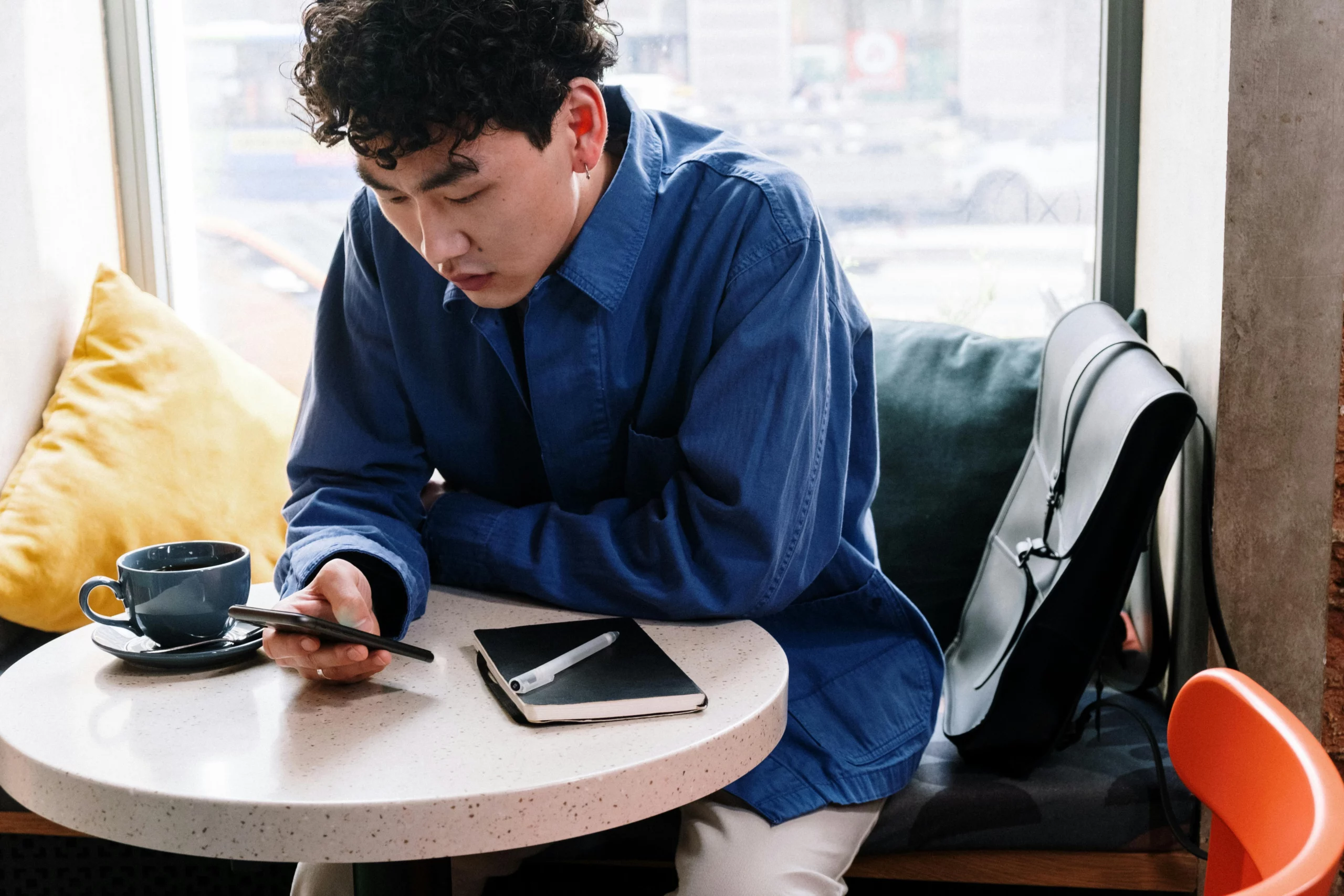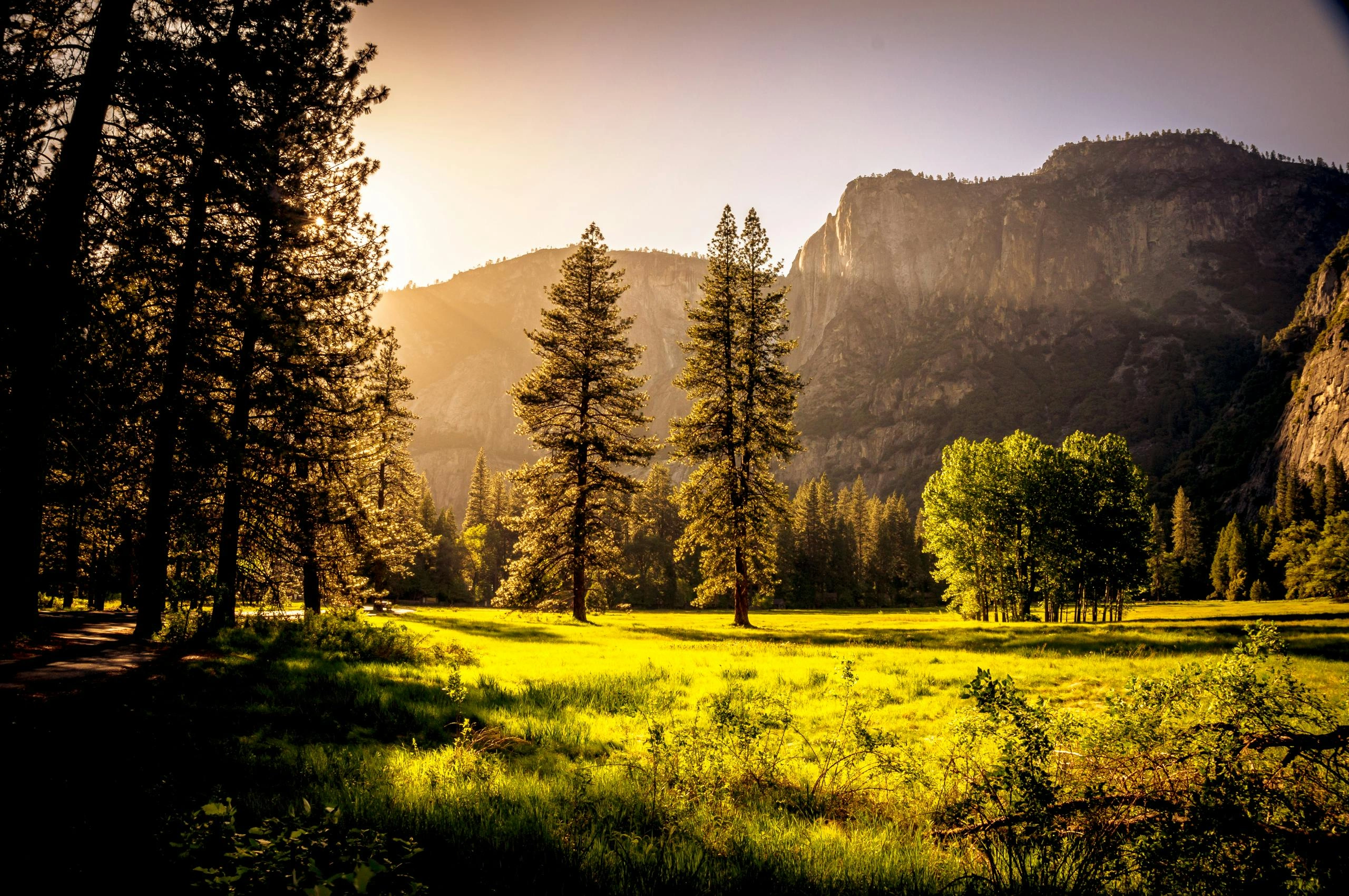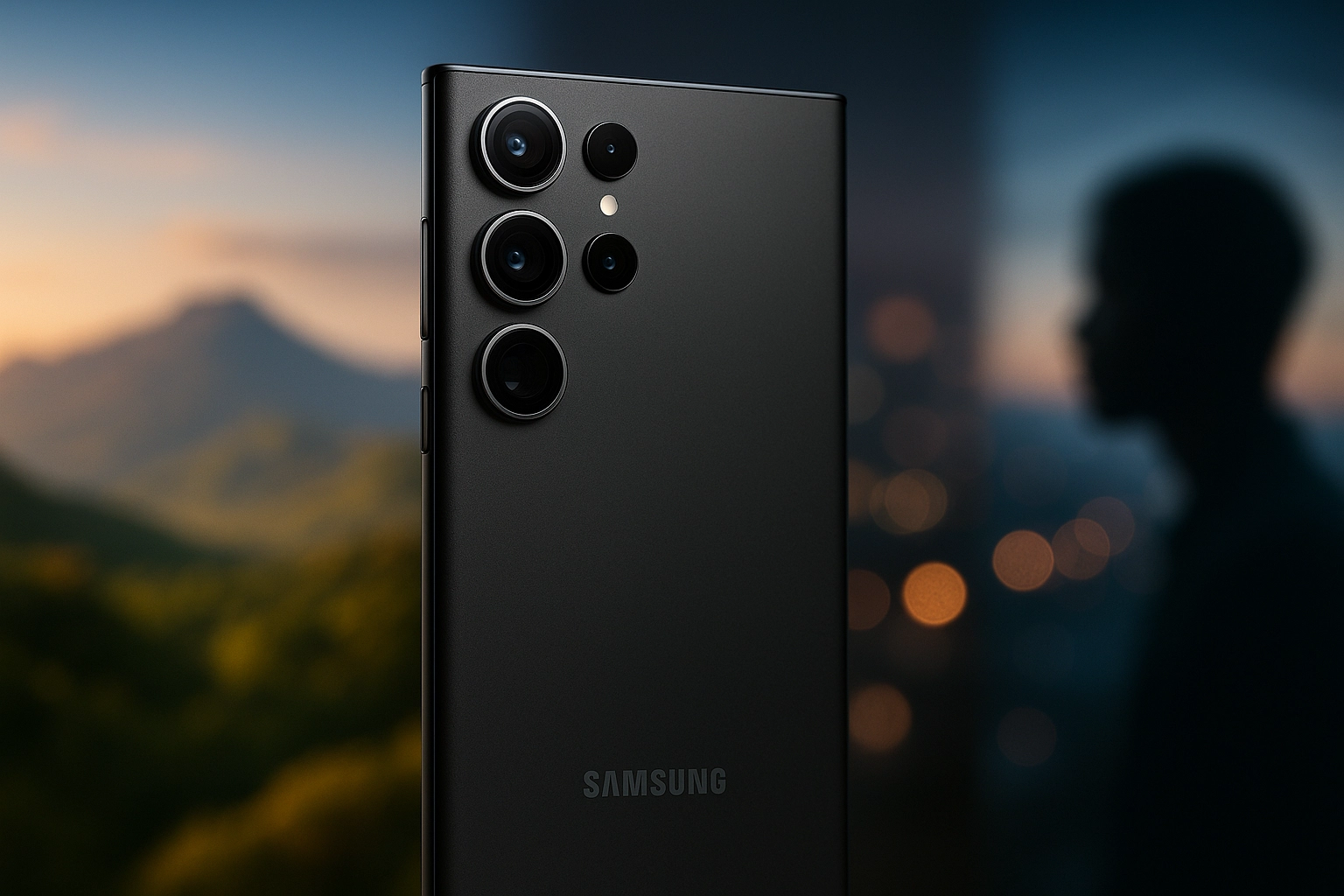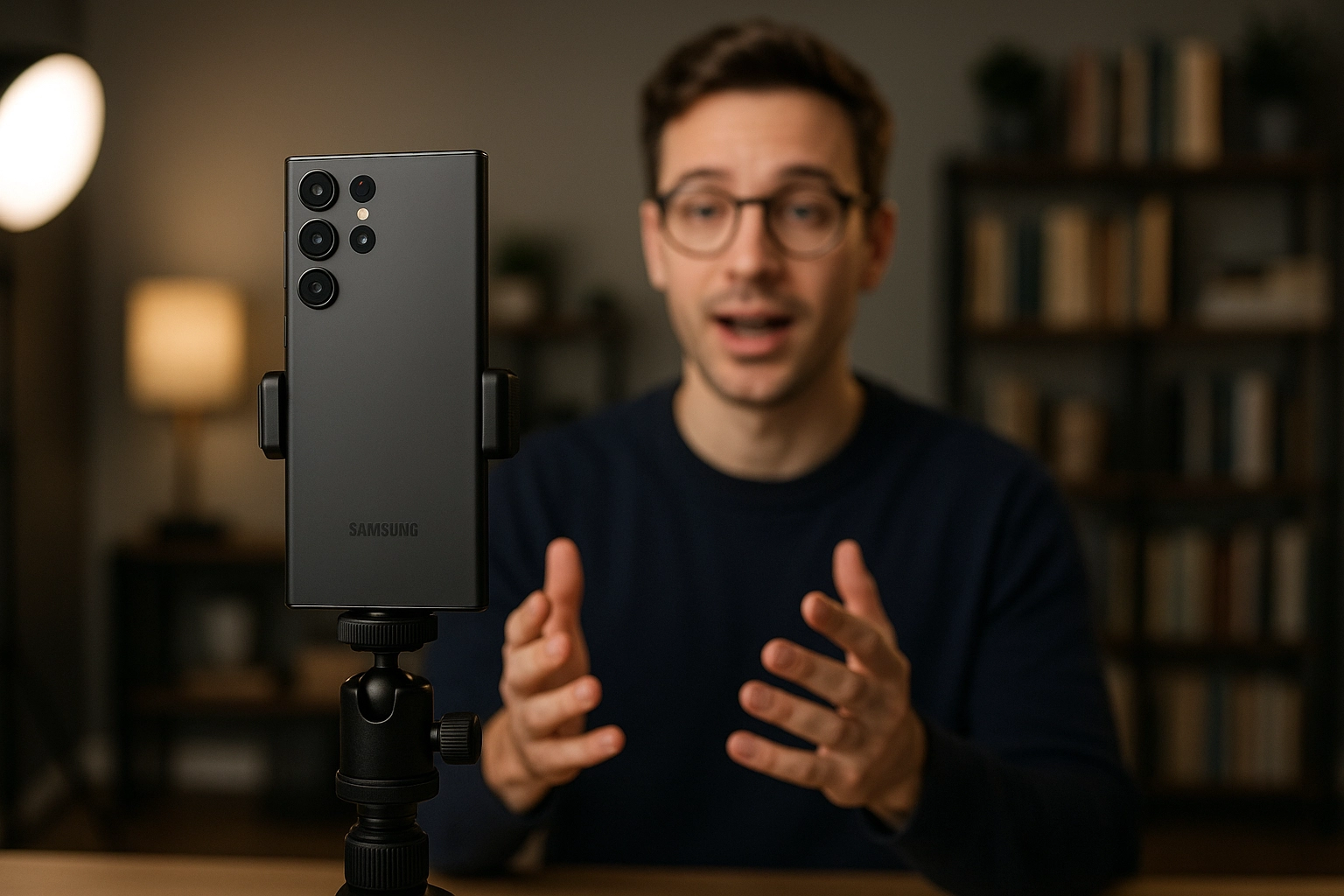Mastering Pro Mode: A Beginner’s Guide to Manual Settings on Samsung
- From Brian Walker

If you’ve only ever used your Samsung phone’s Auto mode, you’re missing out on its true creative potential. Pro Mode unlocks manual controls similar to a DSLR camera — giving you full power over exposure, focus, color, and more. Whether you want to shoot moody low-light scenes, buttery-smooth motion blur, or tack-sharp portraits, Pro Mode is where the magic happens. This guide breaks down each setting in plain English so you can start shooting like a pro from day one.
1. Understanding the Pro Mode Layout
When you open Pro Mode in the Samsung Camera app, you’ll see a row of adjustable settings along the bottom (or side) of the screen.
-
Common Controls:
-
ISO – Controls light sensitivity.
-
Shutter Speed – Controls how long the sensor is exposed to light.
-
Aperture – Controls how much light enters (on models with variable aperture).
-
White Balance (WB) – Adjusts the color temperature of your photo.
-
Focus – Manual focus slider for pinpoint accuracy.
-
Exposure Compensation (EV) – Fine-tunes brightness.
-
-
Pro Tip: Before diving in, switch to grid view in settings to help with composition.
2. ISO – Balancing Brightness and Noise
ISO determines your camera sensor’s sensitivity to light.
-
Low ISO (50–200): Best for bright conditions. Produces cleaner, sharper images.
-
Medium ISO (400–800): Works well indoors with decent lighting.
-
High ISO (1600+): For very low light — but expect more grain.
-
Pro Tip: Always aim for the lowest ISO possible while maintaining a proper exposure. Use slower shutter speeds or extra lighting to avoid cranking ISO too high.
3. Shutter Speed – Capturing Motion
Shutter speed controls how long your camera’s sensor collects light.
-
Fast Shutter (1/1000s): Freezes action — perfect for sports, wildlife, or kids.
-
Medium Shutter (1/125s–1/250s): Great for everyday handheld shots.
-
Slow Shutter (1/4s or longer): Creates motion blur for waterfalls, light trails, or nighttime shots.
-
Pro Tip: If using slow shutter, stabilize your phone with a tripod to avoid unintentional blur.
4. White Balance – Getting Accurate Colors
White balance ensures your images reflect natural, true-to-life colors.
-
Presets:
-
Daylight – Adds warmth for outdoor shots.
-
Cloudy – Enhances warmth even more.
-
Fluorescent – Reduces greenish tones from indoor lights.
-
Tungsten – Reduces yellow/orange tones from warm bulbs.
-
-
Manual Control: Slide the WB scale to create cool (blue) or warm (orange) tones.
-
Pro Tip: For creative photography, intentionally shift WB to create mood — e.g., a warm golden look for portraits or a cool blue for winter landscapes.

5. Manual Focus – Precision Control
Auto-focus is great most of the time, but in tricky lighting or creative shots, manual focus ensures perfection.
-
When to Use:
-
Macro photography — focus exactly on the subject’s detail.
-
Low-light — avoid focus “hunting.”
-
Creative — keep the foreground or background intentionally blurry.
-
-
Pro Tip: Samsung Pro Mode offers a focus peaking option — edges of your in-focus area are highlighted for accuracy.
6. Using the Histogram for Perfect Exposure
The histogram is a graph that shows the brightness levels of your image.
-
Balanced Exposure: Graph peaks in the middle.
-
Underexposed: Graph leans left (too dark).
-
Overexposed: Graph leans right (too bright).
-
Pro Tip: Aim for a balanced histogram — unless you’re intentionally going for a dramatic high-key or low-key effect.
7. Shooting in RAW for Maximum Flexibility
RAW format preserves more image data than JPEG, allowing deeper editing without quality loss.
-
How to Enable: In Pro Mode → Settings → Save pictures as RAW + JPEG.
-
Pro Tip: RAW files are larger, so keep extra storage space handy.
8. Practice with Creative Exercises
The fastest way to learn Pro Mode is to shoot with intent.
-
Ideas:
-
Capture a moving subject at different shutter speeds.
-
Photograph the same scene at multiple white balances.
-
Compare ISO 100 vs. ISO 1600 in low light.
-
-
Pro Tip: Keep a “Pro Mode Practice” album to track your progress.

Conclusion:
Pro Mode might seem intimidating at first, but think of it as your creative playground. Once you understand how ISO, shutter speed, white balance, and focus work together, you can produce images that look like they were shot on professional cameras — all from your Samsung phone. The key is to experiment, review your results, and slowly push your boundaries.






